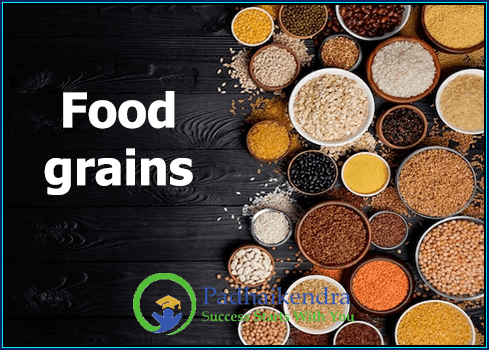Food grains are an essential component of Indian agriculture, providing a crucial source of nutrition and income for millions of people. India is one of the world’s largest producers of food grains, with rice and wheat being the most important cereal crops grown in the country. Other important food grains grown in India include maize, millets, and pulses.
Rice is the staple food of many regions in India and is grown in both irrigated and rain-fed areas. Major rice-growing states in India include West Bengal, Uttar Pradesh, Andhra Pradesh, and Tamil Nadu. Wheat is another important cereal crop, primarily grown in the northern states of Punjab, Haryana, and Uttar Pradesh. Maize is an important crop in the eastern and southern regions of India, while millets are widely grown in the arid regions of the country. Pulses are an essential source of protein in the Indian diet and are also an important source of income for farmers. Major pulses grown in India include chickpea, pigeon pea, lentil, and mung bean. Pulses are primarily grown in the central and western parts of the country.
In recent years, there has been a growing emphasis on diversifying crop production and promoting the cultivation of nutritious crops such as fruits and vegetables. The Indian government has implemented various schemes to support the cultivation of such crops, including the National Horticulture Mission and the Rashtriya Krishi Vikas Yojana.
Overall, food grains continue to play a critical role in Indian agriculture, providing a significant portion of the country’s food and income. Efforts to improve productivity, promote sustainable farming practices, and diversify crop production will be essential to meet the growing demands of the country’s population.





